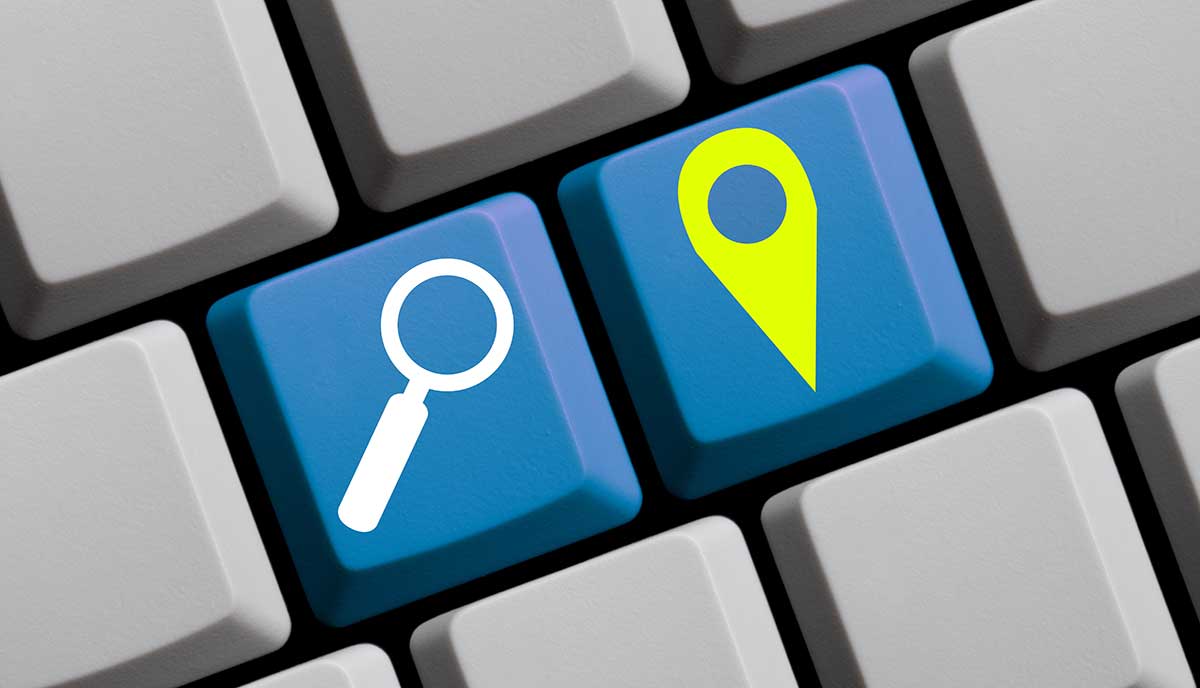Geofencing Vs. Geotargeting: What’s The Difference?
In today’s digital marketing landscape, location-based strategies have become essential for businesses aiming to connect with their target audience effectively. Among these strategies, geofencing and geotargeting stand out as two of the most powerful tools for localized marketing. However, understanding the differences between geofencing and geotargeting is critical to implementing the right approach for your business. In this post, we’ll break down these two strategies, compare their use cases, and help you decide which one best suits your marketing goals.
What Is Geofencing?
Geofencing is a location-based marketing technique that uses GPS, RFID, Wi-Fi, or cellular data to create a virtual boundary around a specific geographic area. When a user’s mobile device enters or exits this predefined area, they receive targeted notifications, advertisements, or messages.
How It Works:
- Define a Geofence: Businesses set up a virtual boundary around a location, such as a store, event venue, or competitor’s location.
- Trigger Actions: When someone enters or exits this geofence, a pre-determined action is triggered, such as sending a push notification or displaying an ad.
- Analyze Data: Marketers collect data on user behavior within the geofenced area to refine campaigns and improve results.
Use Cases for Geofencing:
- Retail Promotions: Deliver discounts or promotions when customers are near your store.
- Event Targeting: Engage attendees of events like trade shows or conferences.
- Competitor Targeting: Attract customers visiting a competitor’s location with enticing offers.
What Is Geotargeting?
Geotargeting, on the other hand, involves delivering personalized content or advertisements to users based on their geographic location. Unlike geofencing, which focuses on a specific area, geotargeting takes a broader approach by considering additional factors such as demographics, interests, and device behavior.
How It Works:
- Identify Target Audience: Marketers use data to identify a specific audience based on location and other criteria.
- Deliver Tailored Content: Ads, notifications, or messages are customized to match the preferences of the target audience.
- Track Campaign Performance: Analytics are used to measure engagement and optimize campaigns over time.
Use Cases for Geotargeting:
- Localized Advertising: Promote products or services in specific cities, regions, or countries.
- Tourism Campaigns: Attract travelers by highlighting local attractions or events.
- Multilingual Campaigns: Deliver content in different languages based on the user’s location.
Key Differences Between Geofencing and Geotargeting
While both geofencing and geotargeting are location-based marketing tools, they differ in scope, functionality, and application.
| Aspect | Geofencing | Geotargeting |
| Scope | Focused on a specific geographic area (e.g., 500 meters around a store). | Broader targeting based on region, city, or country. |
| Trigger Mechanism | Based on entering or exiting a defined area. | Based on user’s current or past location data. |
| Targeting Factors | Relies solely on physical location. | Considers additional data such as demographics and interests. |
| Use Cases | Best for immediate, location-specific engagement. | Best for broader audience segmentation and tailored messaging. |
Choosing Between Geofencing and Geotargeting
The choice between geofencing and geotargeting largely depends on your business goals and marketing strategy.
When to Use Geofencing:
- You want to engage customers in real time as they approach or leave a specific location.
- Your campaigns involve physical locations, such as retail stores or events.
- You aim to capture immediate attention and drive foot traffic.
When to Use Geotargeting:
- You’re targeting a broader audience across cities, regions, or countries.
- Your campaigns rely on additional user data, such as age, income, or interests.
- You want to deliver highly personalized content over a longer time frame.
Combining Both Strategies:
For maximum impact, businesses often combine geofencing and geotargeting. For example, a retailer might use geofencing to send in-store promotions to nearby customers while leveraging geotargeting to run localized online ads in surrounding neighborhoods.
Benefits of Location-Based Marketing
Both geofencing and geotargeting offer numerous benefits for businesses looking to enhance their marketing efforts:
- Increased Engagement: Delivering relevant, location-based messages captures user attention more effectively.
- Improved ROI: Precise targeting reduces ad spend wastage by focusing on the most relevant audience.
- Enhanced Customer Experience: Personalization creates a more meaningful connection with your audience.
- Actionable Insights: Location-based data helps businesses understand customer behavior and preferences.
Challenges to Consider
While geofencing and geotargeting are powerful tools, they do come with certain challenges:
- Privacy Concerns: Users may be wary of sharing location data, so it’s essential to prioritize transparency and compliance with data protection regulations.
- Technical Limitations: Accurate targeting requires robust technology and reliable location data.
- Over-Saturation: Sending too many notifications can lead to user fatigue, reducing engagement.
How to Implement Geofencing and Geotargeting Effectively
To make the most of these strategies, follow these best practices:
1. Define Clear Goals:
Determine whether your objective is to drive foot traffic, increase online engagement, or boost sales.
2. Understand Your Audience:
Analyze customer behavior, preferences, and location data to create targeted campaigns.
3. Use Reliable Tools:
Invest in high-quality geofencing and geotargeting platforms to ensure accurate data collection and campaign execution.
4. Test and Optimize:
Run A/B tests to identify what works best and continuously refine your strategies for better results.
5. Prioritize User Privacy:
Clearly communicate how you collect and use location data to build trust with your audience.
Conclusion
Geofencing and geotargeting are two distinct yet complementary tools in the world of location-based marketing. By understanding their differences and applications, businesses can create highly effective campaigns that resonate with their target audience. Whether you’re looking to engage customers near a specific location or deliver tailored ads to a broader audience, these strategies offer immense potential to boost engagement and drive results.
GetGeofencing can help take your location-based marketing efforts to the next level. As a US-based digital marketing agency, GetGeofencing specializes in geofencing marketing solutions that empower businesses to connect with their audience precisely. With advanced tools, real-time analytics, and a focus on measurable results, GetGeofencing ensures your campaigns are both impactful and efficient. Contact us today to discover how we can help your business thrive.


